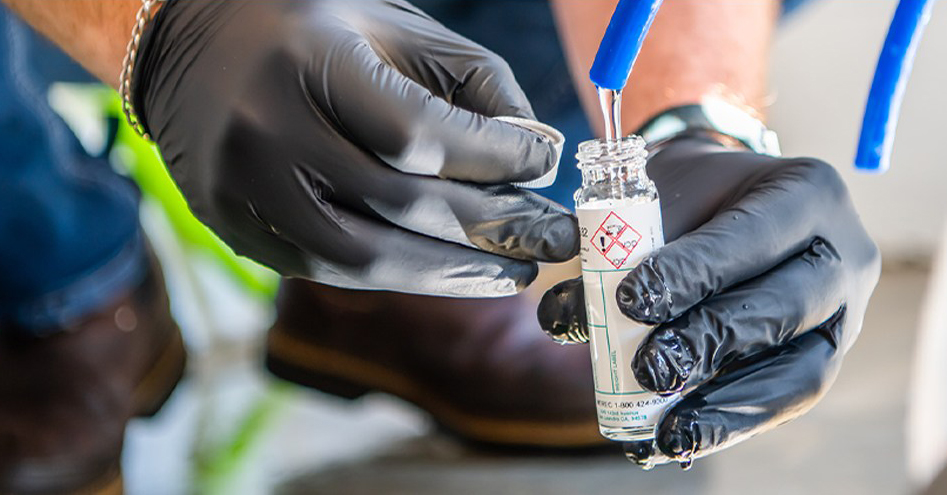The city of Vancouver’s latest sampling results show that “forever chemicals” have lessened in its drinking water — though officials are unsure why.
Per- and polyfluoroalkyl substances, also known as “forever chemicals” or PFAS, are a class of thousands of harmful human-made chemicals that don’t break down in the human body or environment.
Samplings from late November show Water Station 14, one of nine water stations in the city, contained PFAS concentrations exceeding Washington’s action levels for perfluorooctanoic acid and perfluorooctane sulfonic acid, two of 29 monitored substances. The chemicals are measured in parts per trillion — one part being a single drop in 20 Olympic-sized swimming pools worth of water.
Washington’s action levels have a threshold of 10 parts per trillion for PFOA and 15 parts per trillion for PFOS. Vancouver’s Water Station 14 measured 11½ parts per trillion for PFOA and 18.6 parts per trillion for PFOS. The results indicate a slight drop from previous samplings, and the reason why is hazy.
“There’s no clear explanation,” said Tyler Clary, Vancouver water engineering program manager. However, he has some theories.
Water managers currently adjust operations to prioritize stations with lower PFAS levels while diluting stations with higher concentrations. Water demand typically lessens during colder months, which may also contribute to the lower sample results, Clary said.
Moving forward
The status of the city’s water stations looks different under proposed federal regulations.
In March 2023, the Environmental Protection Agency proposed set limits of 4 parts per trillion for PFOA and PFOS, which would mean all of Vancouver’s water stations exceed limits for one or both chemicals. The EPA anticipates finalizing the regulations and enforcing them in December 2026, putting the city of Vancouver on a strict deadline.
Officials describe addressing PFAS contamination as an enormous and expensive undertaking.
The city’s draft PFAS management plan, presented in December, outlines long-term projects, such as treating existing sources and looking for deeper aquifers to tap into.
To date, Vancouver is moving forward with a $15.7 million project to install a treatment system at Water Station 14, which will take years to complete. Temporary PFAS management could involve supplying customers with water filters to reduce their exposure, according to the draft plan.
PFAS are found in every aspect of a person’s life and are virtually impossible to avoid, according to the National Institute of Environmental Health Sciences. Manufacturers use the chemicals because of their resistance to heat, water and stains, making them ideal for food wrappers, clothes and cookware.
Vancouver’s public water system, with 40 wells distributed across its nine water stations, is one of many nationwide that has a PFAS issue. The system supplies 9½ billion gallons of water annually.
Vancouver’s next round of sampling will take place in late February or early March.




